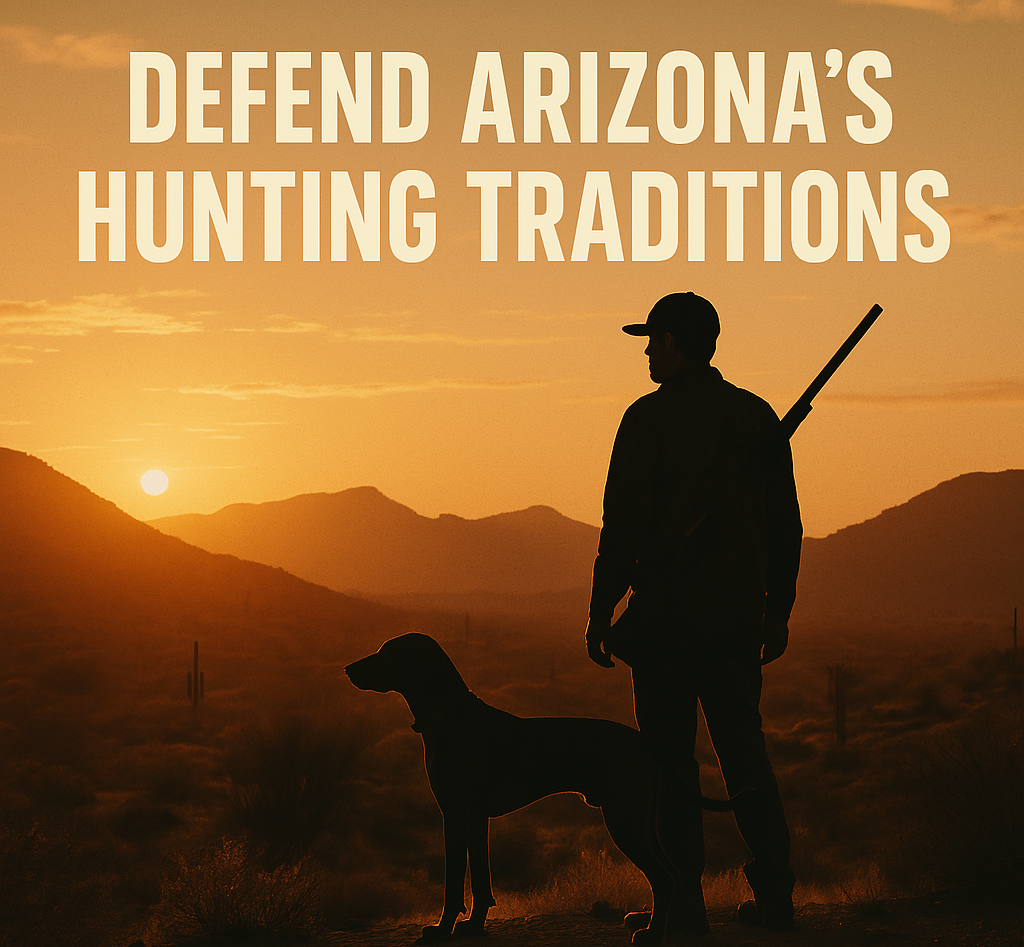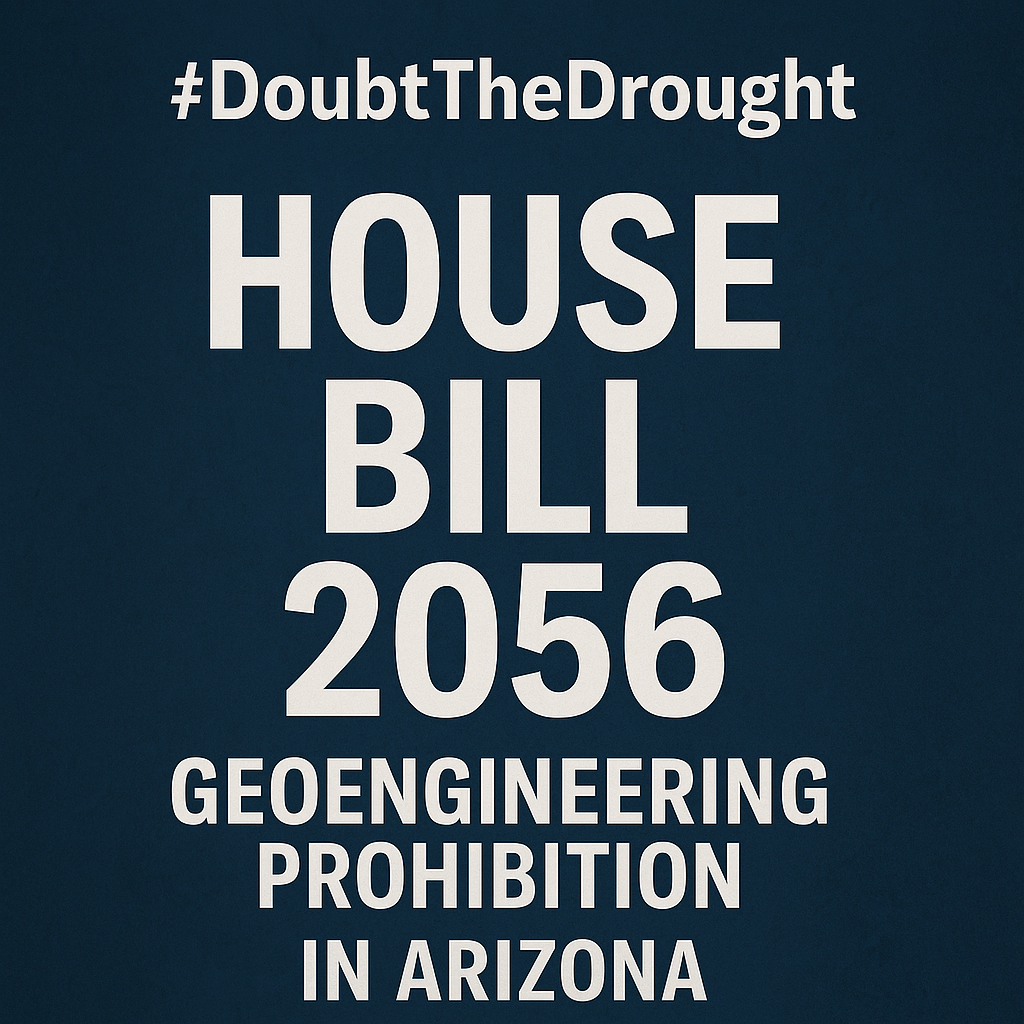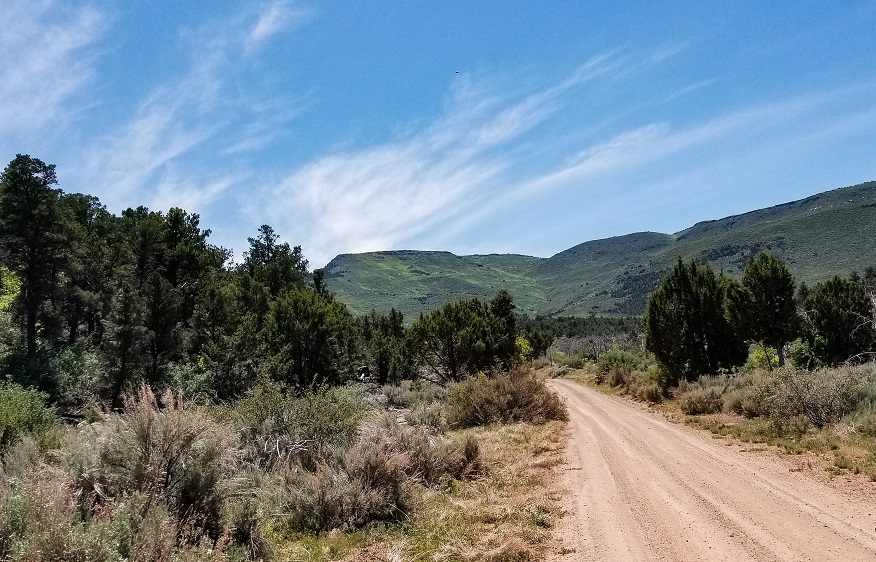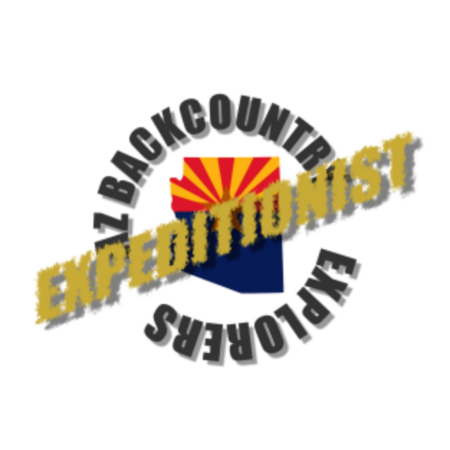Your cart is currently empty!
Posted in
There is a common misunderstanding about camping next to water in Arizona. Many people will falsely claim that camping next to rivers and lakes in Arizona is illegal. Luckily, we are here to set the record straight so you can enjoy your Arizona 4×4 adventure to the fullest.
Camping next to water in Arizona is not illegal, but it can be.
The Arizona law governing camping next to water is codified under Arizona Revised Statute 17-308 and states as follows:
17-308. Unlawful camping
It is unlawful for a person to camp within one-fourth mile of a natural water hole containing water or a man-made watering facility containing water in such a place that wildlife or domestic stock will be denied access to the only reasonably available water.
Under this statute, camping within 1/4 mile of a man-made or natural water source in Arizona is only illegal if you prevent wildlife or livestock from accessing the only reasonably available water. Since rivers and lakes often span miles, it’s highly unlikely that camping along their shores would block access to all available water for animals. Wildlife tends to avoid areas where humans are present, opting for less-disturbed portions of the shoreline. In essence, camping next to rivers and lakes in Arizona is generally lawful unless your campsite actively prevents animals or livestock from reaching the only viable water source in the area.
The law is far more relevant to smaller water bodies where human activity could hinder access to the only reasonably available water. For instance, setting up camp within 1/4 mile of the only natural spring or livestock tank in the area may deny wildlife and livestock access to a vital water source they rely on for survival. However, if another water source is within a reasonable distance, you’re likely not in violation of the law. Just use your better judgment.
Some areas prohibit shoreline camping in Arizona
There is no blanket ban on shoreline camping in Arizona, but shoreline camping is prohibited on a case-by-case basis in certain highly popular developed areas. Many places across the state, typically state or county parks, prohibit shoreline camping. However, the vast majority of rivers and lakes have no restrictions at all.
A more pressing concern for Arizona outdoor enthusiasts is the Travel Management Process. This federal initiative, implemented through land management agencies like the Bureau of Land Management (BLM) and the U.S. Forest Service, aims to close or restrict motorized access to certain areas, including roads leading to riverbanks and lake shores.
In the past several years, motorized roads that provide access to riverside camping have been permanently closed, regardless of proper etiquette. Such closures prohibit access to lightly used camping spots, thus limiting opportunities for 4×4 adventurers who rely on these roads to reach pristine waterside locations. These closures disproportionately affect disabled individuals, hunters, and families who depend on accessible routes to enjoy outdoor activities.
Tips for camping next to water in Arizona
In the context of Arizona Revised Statute 17-308, the term “reasonably available water” refers to a water source that is the only viable option for wildlife or livestock in the surrounding area. It implies that animals or livestock must have realistic access to the water source without being impeded by human activity, including camping. What is considered “reasonable” depends on the specific environmental and situational factors at play.
Here are some general guidelines for camping next to water in Arizona:
| Scenario | Can you camp? |
|---|---|
| Your campsite is within 1/4 mile of the only viable water source for 2 miles. | Yes, as long as you don’t camp in a place that prevents wildlife from accessing the water. |
| Your campsite is within 1/4 mile of a water source but there is another water source available within 2 miles. | Yes, as long as the nearby water source is viable. |
| Your campsite is on a riverbank or lake shore. | Yes, as long as local rules and regulations don’t prohibit camping. |
| Your campsite is within 1/4 mile of a non-viable water source. | Yes |
| Your campsite is within 1/4 mile of the only viable water source for 2 miles and will prevent wildlife from accessing the only reasonably available water. | No |
| Your campsite blocks the only access point to the only reasonably available water or introduces physical and geographical barriers. | No |
Who Determines What is “Reasonable”?
The interpretation of “reasonably available” water may vary depending on the circumstances. If a conflict arises, this determination would likely fall to:
- Arizona Game and Fish Department Officers – These officers enforce the statute and evaluate whether your camping activities deny wildlife or livestock access to water.
- Courts – If a case goes to court, a judge may assess the reasonableness of water availability based on evidence, expert testimony, and local environmental conditions.
Camping next to Arizona’s rivers and lakes offers a unique opportunity to connect with the state’s natural beauty and enjoy the freedom of its vast landscapes. By understanding the straightforward laws surrounding camping near water and using common sense to avoid disrupting wildlife or livestock, outdoor enthusiasts can confidently embrace these incredible locations. Don’t let misconceptions or misinformation discourage you from exploring these serene and scenic spots—venture out, stake your claim by the water’s edge, and make the most of Arizona’s diverse and breathtaking wilderness.
Tags:
You may also like…

Visit the AZBackroads.com Store

Please Become A Member
We need your help to keep our backroads open. Please join today!












